I am working with some ultrasonic transducers, the receiver gets a signal of around 10 mVp-p at 125 kHz and for its purpose needs a gain of around 10.
So far have a simple inverting OP-Amp setup, however, unable to get a gain at all(Gains are achieved using a signal generator setup, with the same circuit,rather than an actual transducer as the input). I am thus led to believe it is something to do with the input impedance, i.e that of the transducer itself.
Moderate success using a unity gain buffer first, which could then be amplified? As the input impedance to the second op-amp would be easier to deal with.
I am wondering what sort of setup is required for this application? I've seen some posts about using multiple op-amps, but for this application, I want to keep the power consumption as low as possible. Powered using a 3 double A batteries, with a normal operating mode less than 30 uA. For test mode up to around 600 uA.
Thanks for reading.

